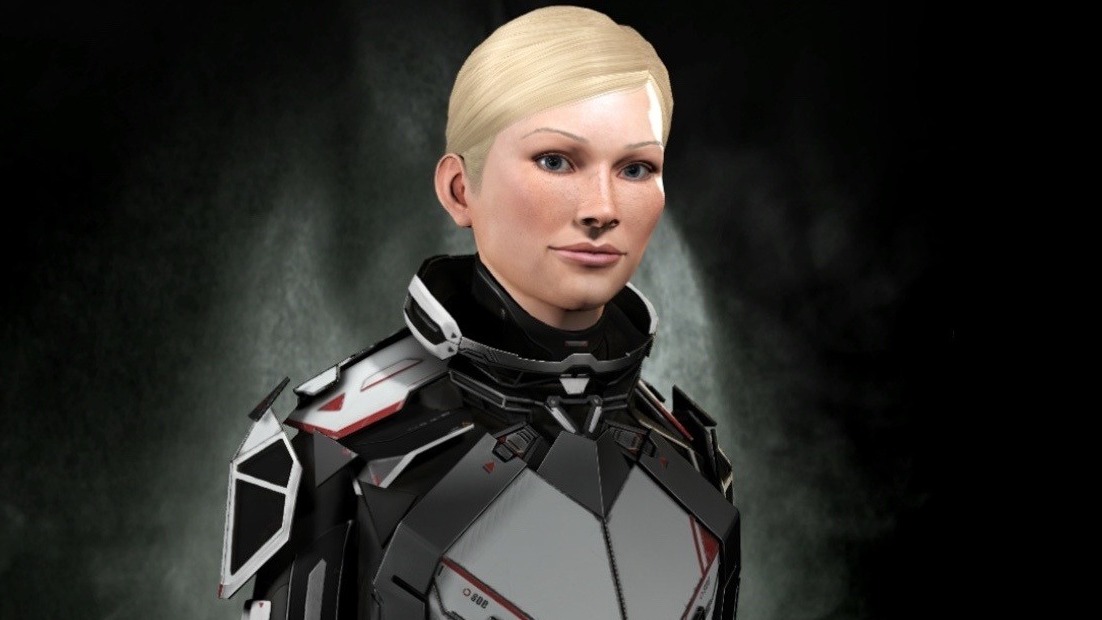
August 20th 2018 – Reykjavik, Iceland – Researchers from KTH Royal Institute of Technology and Massive Multiplayer Online Science (MMOS) worked with CCP Games using their massively multiplayer online game set in space, EVE Online to gain a more granular understanding of patterns of proteins arranged within the body’s cells. Built on a map that shows hundreds of thousands of microscopic images of human cells, EVE Online players worked alongside an artificial intelligence to accomplish this goal.
In a study to be published in the September issue of Nature Biotechnology, the researchers found that players, or “citizen scientists” as KTH and MMOS now call them, helped boost the artificial intelligence system used for predicting protein localization on a subcellular level. The combination of crowdsourcing and AI led to improved classification of subcellular protein patterns and the first-time identification of ten new members of the family of cellular structures known as “Rods & Rings,” according to Emma Lundberg, a researcher from KTH who leads the Cell Atlas, part of the Human Protein Atlas, at the Science for Life joint research center. She is also the first ever scientist who was put into a videogame as an agent NPC (non-playable character) to direct the project in-game as Professor Lundberg.
Lundberg says the data is being actively integrated into the publicly-available Human Protein Atlas database and will be a resource for researchers worldwide who are working towards a greater understanding of human cells, proteins and disease development.
„This project proved to be an amazing opportunity for EVE Online players to further actual science by playing the game that they love. Unsurprisingly, EVE players blew away all expectations the scientists had for them, both in terms of effort and knowledge.“ – said Bergur Finnbogason, Creative Director at CCP Games
The researchers partnered with MMOS and CCP Games to integrate analysis of protein localization from the Human Protein Atlas Cell Atlas images directly into EVE Online, a massively multiplayer online game that’s mostly famous for its unique, player driven stories and huge space battles with thousands of players participating on the game’s single shard server. The resulting mini-game was played by more than 300,000 citizen scientists within EVE Online and has been described as a milestone in citizen science. Together they generated more than 33 million image classifications of protein subcellular localization.
„The quality of work and the level of activity of players have proven our original hypotesis that integrating games and citizens science can provide a virtually limitless human computation engine for scientists. This is the proof and a very important first step towards getting the whole games industry and scientific community to accept this new tool.“ – said Attila Szantner, CEO and Co-Founder of MMOS
The ability of citizen scientists was compared to an Artificial Intelligence (AI) system for predicting protein subcellular localization from images called the Localization Cellular Annotation Tool (Loc-CAT). Loc-CAT is the first generalized tool for annotating proteins with multiple localizations from images and generalizes across a large number of cell types, providing a useful tool in studying cells and their behavior in the future.
Though Loc-CAT outperformed players for many of the common classes of proteins, aggregated player data from EVE Online better identified rare classes and was able to annotate new patterns where training data was unavailable. By combining gamer annotations with the machine learning approach, transfer-learning was used to boost the performance of Loc-CAT significantly.

„I believe that the integration of scientific tasks into established computer games will be a commonly used approach in the future to harness the brain processing power of humans, and that intricate designs of citizen science games feeding directly into machine learning models has the power to rapidly leverage the output of large-scale science efforts,” Lundberg says. „We are grateful to all the citizen scientists who participated in this project, and for the discoveries they made. o7“
Despite the success of the Loc-CAT and Loc-CAT+, there is still large room for improvement. Researchers announced the Human Protein Atlas 2018 Challenge on Kaggle (https://www.kaggle.com/competitions) starting September 17. The challenge will involve image analysis to classify subcellular protein patterns in human cells. Thousands of dollars of prizes will be up for grabs and the contributions of participants will help drive the field of protein biology forward.
Media Contact
Journalists seeking information about CCP or its products, wanting to set up interviews, or needing assets should contact: media@ccpgames.com